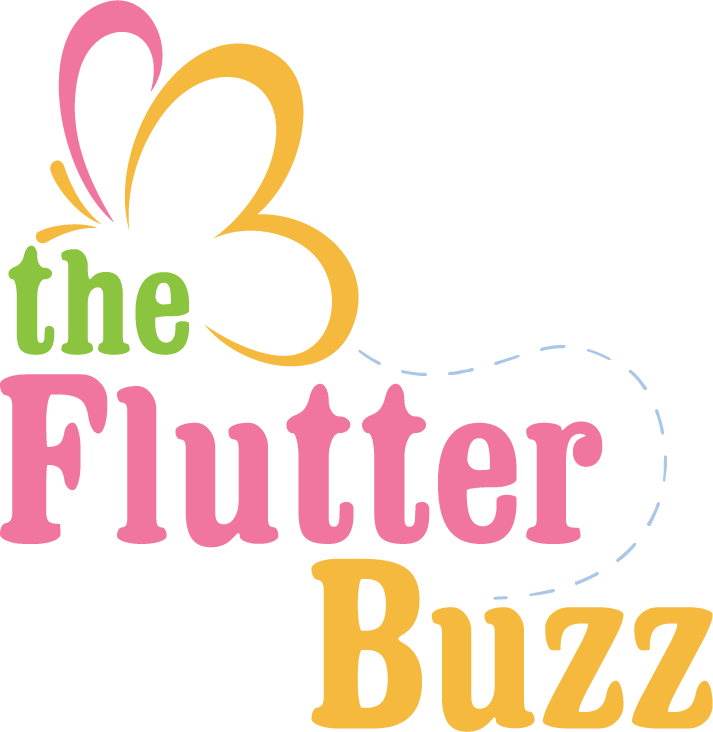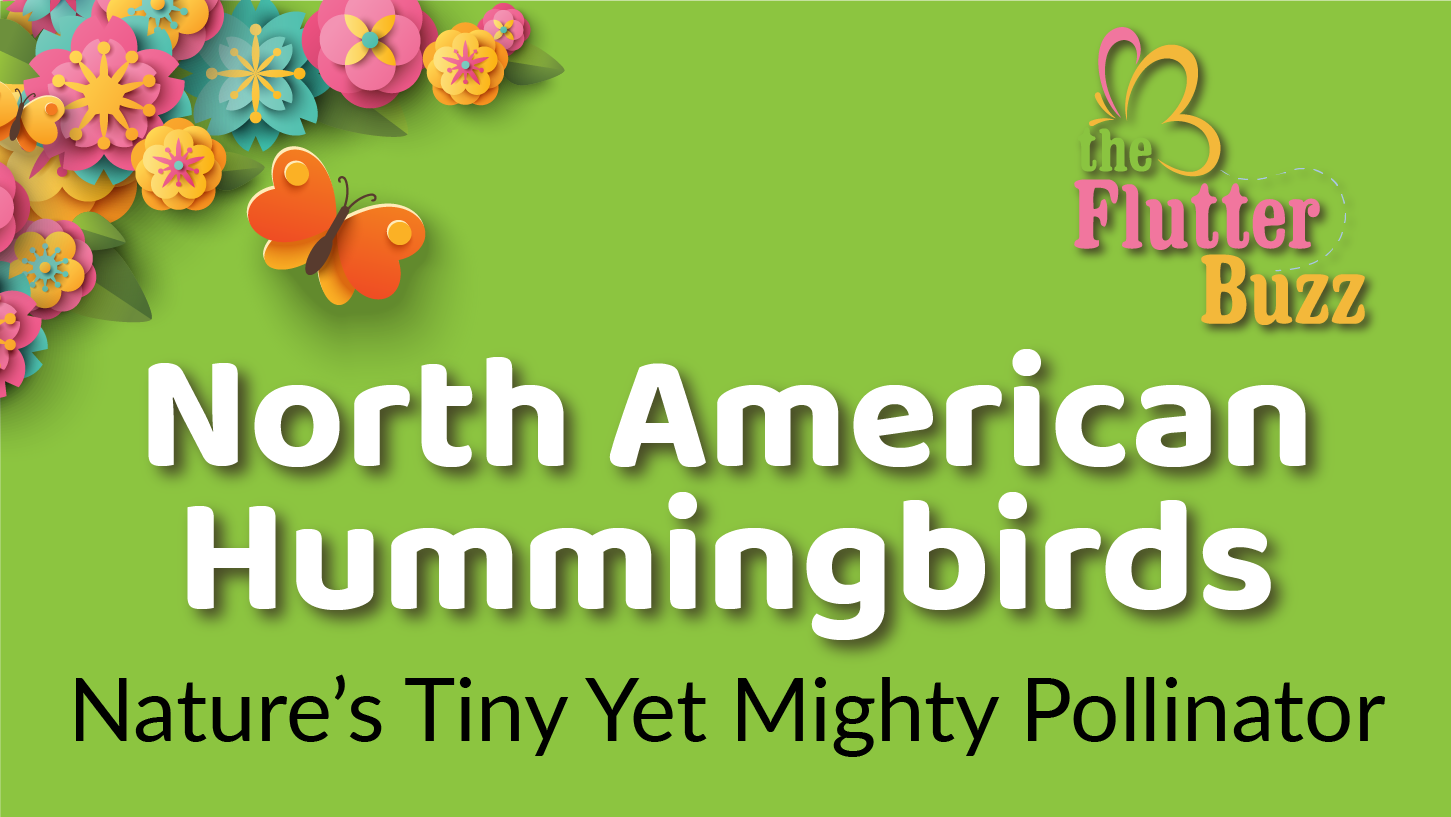
07 Sep North America’s Hummingbird: Nature’s Tiny Yet Mighty Pollinator
In the world of pollinators, hummingbirds stand out as one of the most fascinating and vital species, especially in North America. Their fast wings, vivid colors, and seemingly endless energy have captured the admiration of nature lovers for generations. However, hummingbirds are more than just beautiful creatures—they play an essential role in maintaining the balance of ecosystems through pollination.
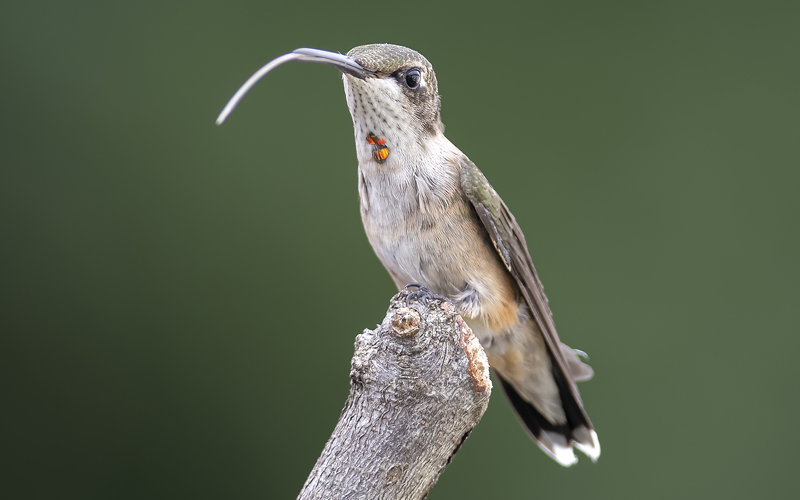
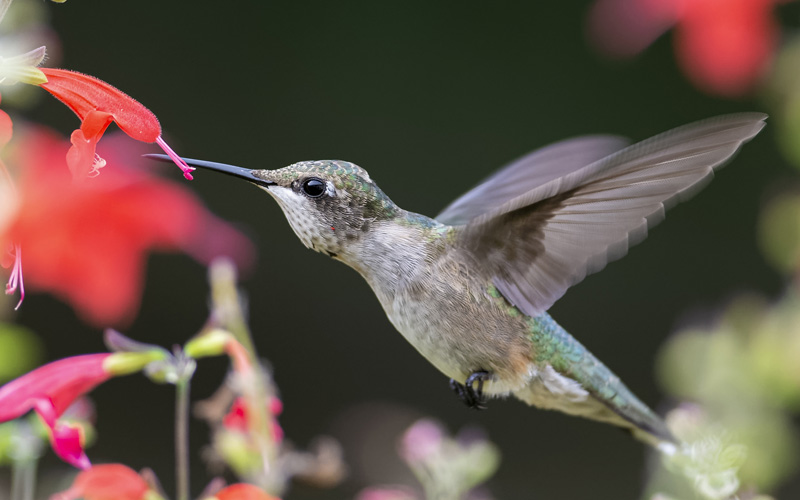
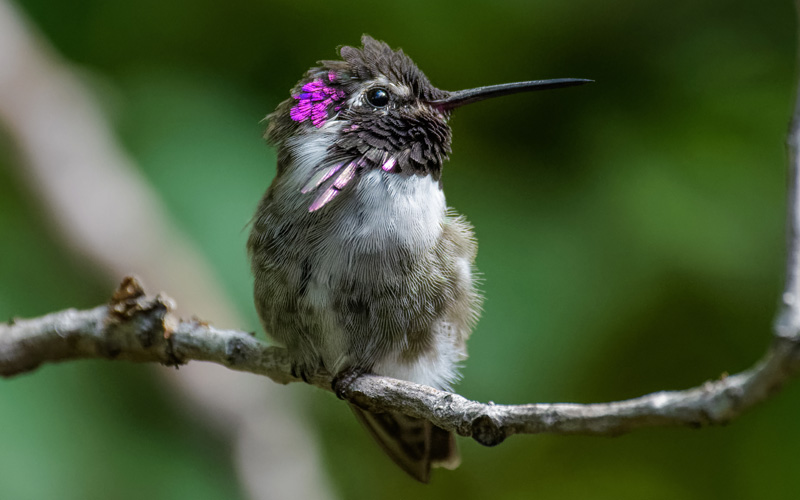
Hummingbirds: Nature’s Marvels
Hummingbirds are unique to the Americas, with North America being home to a diverse range of species, including the well-known Ruby-throated hummingbird (Archilochus colubris). Despite their small size, weighing no more than a few grams, they are incredibly agile fliers capable of hovering mid-air, flying backward, and even upside down! Their wings beat at an astonishing rate, often as fast as 80 times per second, allowing them to hover near flowers and sip nectar.
But how exactly do hummingbirds contribute to pollination?
Pollination by Hummingbirds
While feeding on nectar from tubular flowers, hummingbirds inadvertently pick up pollen on their beaks and foreheads. As they move from flower to flower, they transfer this pollen, aiding in the fertilization process. This interaction between hummingbirds and plants is symbiotic: hummingbirds gain energy from the sugary nectar, while plants achieve reproduction through pollination.
Some of the plant species that depend on hummingbirds for pollination include trumpet creepers (Campsis radicans), columbine (Aquilegia), and scarlet bee balm (Monarda didyma). The brightly colored flowers, often red, are specifically evolved to attract hummingbirds, which have excellent color vision but are less attracted to the scents that draw bees and butterflies.
The Critical Role in Ecosystems
Hummingbirds are essential to biodiversity, especially in ecosystems where other pollinators may not thrive. Their ability to pollinate deep-throated flowers, which may be inaccessible to bees or butterflies, ensures that a wide variety of plants reproduce. These plants, in turn, support other species of insects, birds, and mammals, creating a complex and interdependent web of life.
Moreover, hummingbirds are migratory, with species like the Ruby-throated hummingbird traveling thousands of miles from North America to Central America each year. Along this journey, they pollinate plants in various ecosystems, ensuring genetic diversity and the propagation of plant species over a wide geographical area.
Hummingbird Conservation: Challenges and Efforts
Despite their importance, hummingbird populations are under threat. Habitat loss, climate change, and pesticide use have all contributed to declines in their numbers. As pollinators, their dwindling population could disrupt entire ecosystems, leading to a ripple effect on plant life and the species that rely on these plants for food and shelter.
However, efforts are underway to protect these vital creatures. Conservation initiatives focus on preserving and restoring habitats, particularly the native plants that hummingbirds rely on for food and shelter. Backyard garden habitats with native flowering plants, insect diversity, and pesticide-free zones can also provide crucial stopover points for migrating hummingbirds. Organizations such as the Hummingbird Society offer resources and advocate for the protection of these tiny pollinators.
Conclusion
The hummingbird is a captivating symbol of nature’s intricate balance. Their role in pollination is irreplaceable, as they help ensure the survival of numerous plant species and, by extension, entire ecosystems. As we continue to learn about and protect pollinators, it’s vital to include hummingbirds in conservation efforts. By supporting their habitats and creating pollinator-friendly spaces, we can help sustain hummingbird populations for generations to come.
For more in-depth information on hummingbird species and conservation efforts, you can explore resources provided by The Hummingbird Society and Audubon’s Hummingbird Guide.
Sources:
- National Audubon Society. (n.d.). Ruby-throated Hummingbird. Audubon. Retrieved from Audubon.org
- Gill, F. B. (1985). Ornithology. W.H. Freeman and Company.
- Johnson, L. A., & Howell, D. J. (1975). Pollination of two species of plants by hummingbirds in Arizona. The American Midland Naturalist.
- Grant, V., & Grant, K. A. (1968). Hummingbirds and Their Flowers. Columbia University Press.
- Cruden, R. W. (1972). Pollinators in High-Elevation Ecosystems: Relative Effectiveness of Birds and Bees. Science.
- Greenberg, R. (1981). Migratory hummingbirds in North America: a biological and ecological overview. Smithsonian Contributions to Zoology.
- Belsky, J., & Joshi, S. (2019). Impact of agricultural intensification and climate change on hummingbird habitats. Conservation Biology.
- Hummingbird Society. (2023). Hummingbird Habitat Conservation. Retrieved from Hummingbird Society
- American Bird Conservancy. (2022). Conservation Actions for Migratory Pollinators. ABC Birds.
